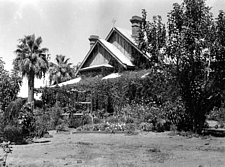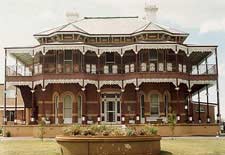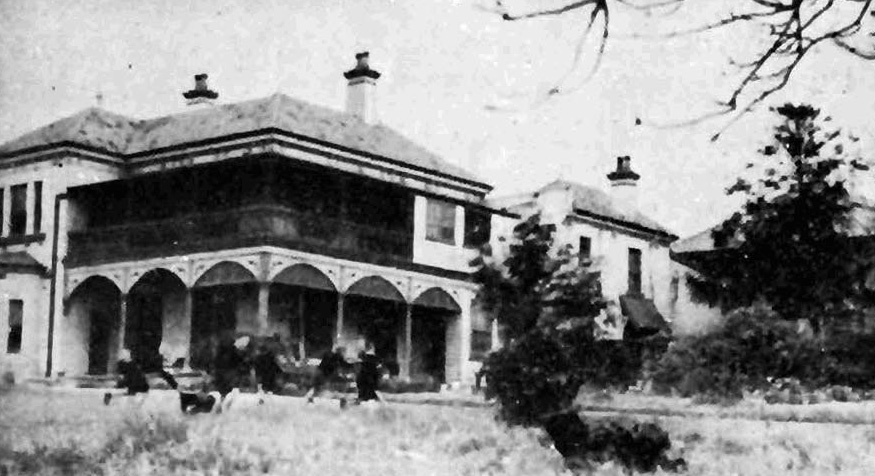
Eddy’s Place Supported Accommodation Unit is located in Wollongong and was established in 1989 to provide supported residential care for twelve to eighteen year olds. From 1989 until 2001 Eddy’s Place was run by the Christian Brothers and managed by Eddy’s Adolescent and Support Services. From 2001 until 2009 it was run by Edmund Rice…

St Anne’s Home of Compassion, Broken Hill, was operated by the Daughters of our Lady of Compassion (Sisters of Compassion) from 1941 until 1984. St Anne’s Home of Compassion housed girls aged two to 16 years. St Anne’s Home had been established at Broken Hill since 1898, under the management of the Sisters of Mercy….
The Archives of the Sisters of Compassion are located in New Zealand. They hold the Admission Register for St Anne’s Home of Compassion, Broken Hill, 1941-1962.

The Croagh Patrick Orphanage was a boys’ home in Orange that was run by the Bathurst Congregation of the Sisters of Mercy. Previously, it was known as the Croagh Patrick Home, run by the Daughters of Charity from 1928 until 1969. It cared for boys aged three to twelve years and after the closure of…
The Sisters of Mercy, Bathurst Congregation, a Catholic religious order of women from Ireland, was established in 1867. The Sisters were responsible for the administration of two children’s homes owned by the Catholic Diocese of Bathurst: St Joseph’s Orphanage, Bathurst which operated from 1867 to 1975; and Croagh Patrick Orphanage, Orange which they were responsible…
The Daughters of Our Lady of Compassion ran St Anne’s Home of Compassion at Broken Hill from 1941 until 1984, until they withdrew from the home. In 2013 the Sisters of Compassion were based in New Zealand.

The Daughters of Charity of St Vincent De Paul is a Catholic religious order that arrived in Sydney in 1926. The Australian Province of the Daughters of Charity later expanded beyond New South Wales, to regions including South Australia. The activities of the Daughters of Charity focus on serving and supporting the marginalised and disadvantaged….
Kendall Grange, at The Bluff in Morisset Park in the Hunter Region, was established by the Brothers of St John of God in 1948 as a residential school for intellectually disabled boys. It began with 30 boys from Westmead Home, aged six to 16. In 1980 Kendall Grange changed to a residential school for boys…
The Sherbrook Residential Care Unit provides supported accommodation for children aged 12 to 18 years. In 1991 it operated at Hornsby (in Sydney’s north), but since August 1992 it has been located in Asquith.
The Order of the Hospitaller Brothers of St John of God came to Australia from Ireland in 1947. Its first work was a residential school in New South Wales for boys with learning difficulties called Kendall Grange at Morriset Park, in the Hunter region (1948-2000). The Order also ran children’s homes and family services in…